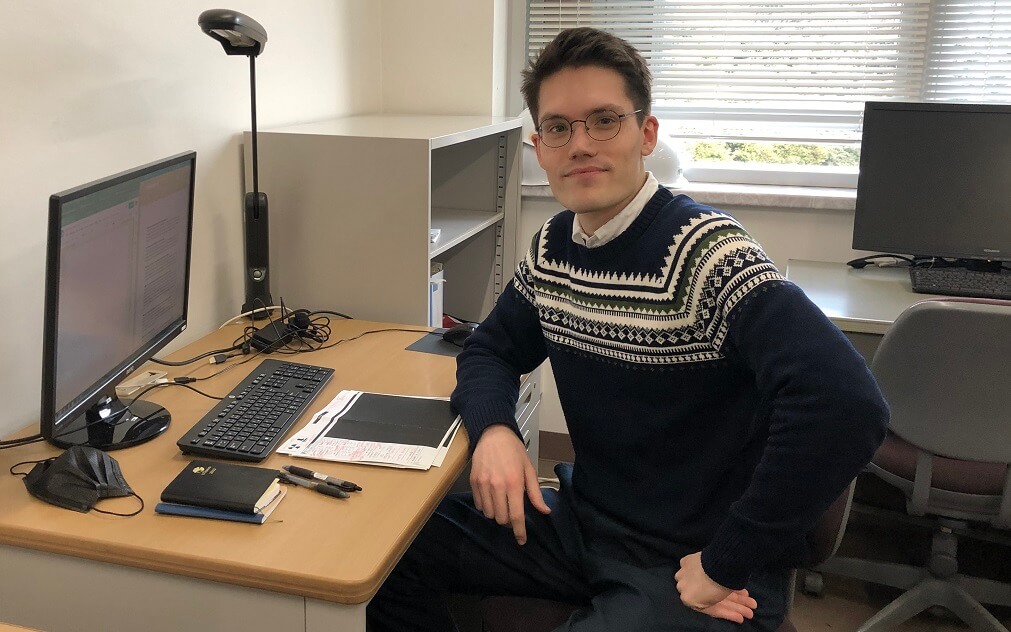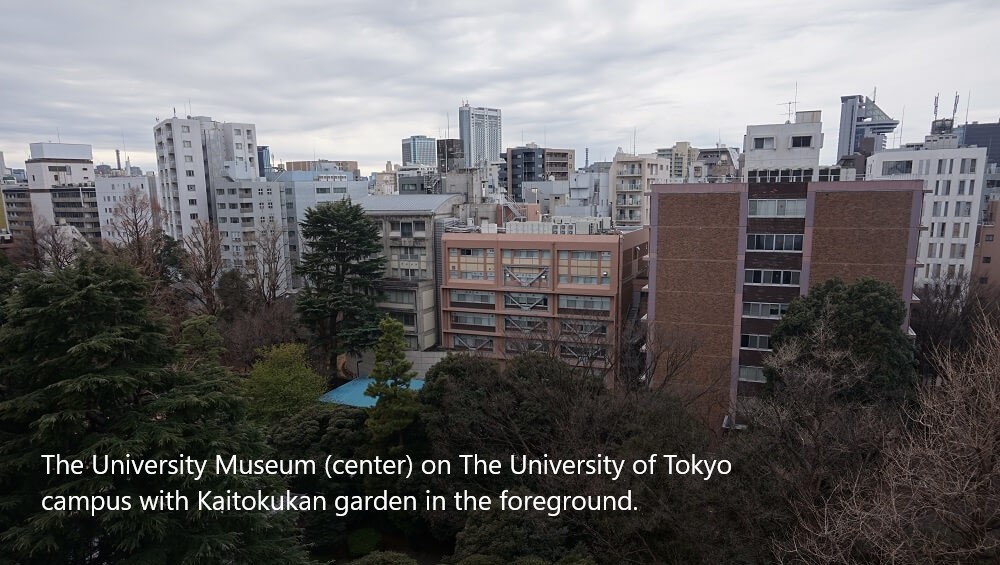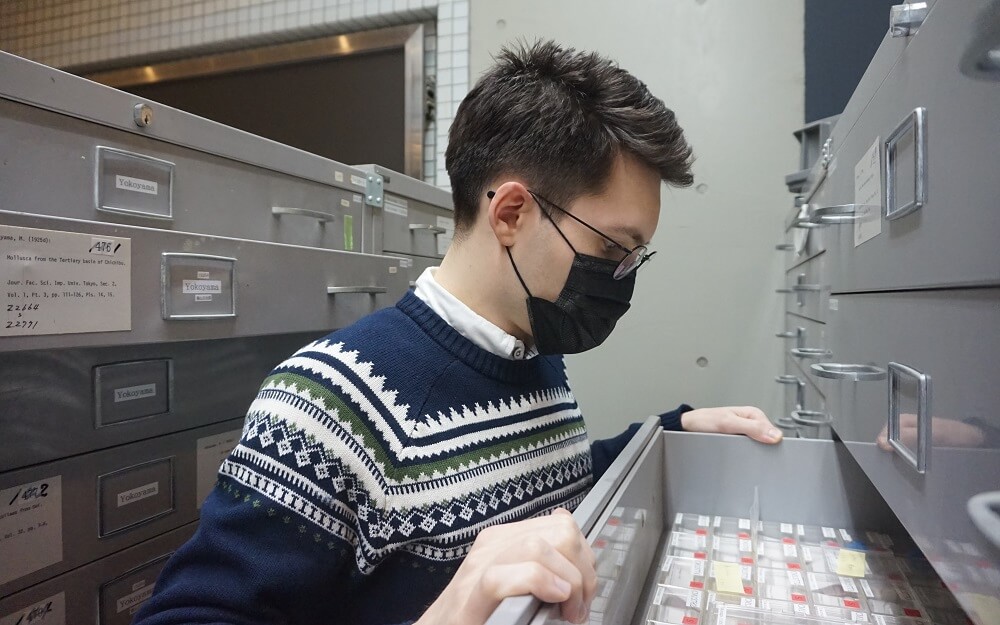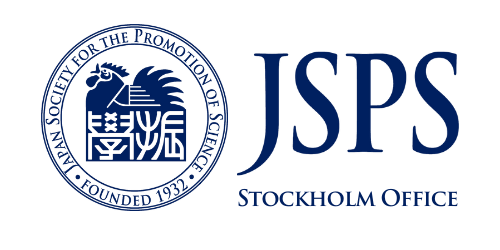
Ilian Häggmark
JSPS Postdoctoral fellow, The University Museum, The University of Tokyo, Japan
What kind of research are you currently engaged in?
My area of research is X-ray imaging, more specifically X-ray phase-contrast imaging. Conventional X-ray imaging has been around since 1895, but despite its huge importance and extensive use in hospitals, research, and industry, it has critical limitations. X-ray phase-contrast imaging is a set of techniques being developed to go beyond those limitations. This can be particularly valuable in imaging of biological samples.
How did you get interested in X-ray imaging?
When I started studying physics I became very interested in imaging and optics. My master studies focused on optics and optical imaging, but for the degree project one of my professors suggested that I should try imaging in the X-ray range instead. It was very fascinating, so I ended up applying for a PhD position to continue working with that topic

How did you end up in Japan and at your current institution?
My research field is relatively small, but there are several excellent Japanese researchers working on X-ray phase-contrast imaging. Knowing this, I have been interested in coming here for research from early on. Since good imaging is dependent on an in-depth understanding of the application, I wanted to find an institution with knowledge of both X-ray techniques and applications. The University Museum of the University of Tokyo was an obvious choice, as it houses a large collection of specimens as well as good imaging equipment.
What is the research environment in Japan like compared to Sweden?
Researchers in both Sweden and Japan have a lot of autonomy, so the environment can differ quite a lot even within a university. At the same time the international nature of science makes the working environment more similar across countries. This makes it hard to generalize. For me the research experience has, perhaps surprisingly, been quite similar to Sweden. Still, Japan is typically more hierarchical, bureaucratic, and work hours are longer, but my colleagues here are friendly and dedicated which I think matters the most.
How has it been to plan for your fellowship during the ongoing pandemic?
As for most people, the pandemic brough a lot of uncertainty to the planning. I was, however, lucky and had only to postpone my arrival date three months due to the Covid surge at the end of summer. Reading government guidelines to make sure I didn’t miss any important regulations was a bit stressful, but in the end it all went well, thanks to the kind help from the JSPS Stockholm office and my host.

What is your everyday life like?
Right now, I live very close to the university, so I walk to work every morning which is a privilege. My work focuses on both simulations and experimental imaging, so I am mostly by my computer in the office, but also in the lab. I often eat lunch with members of the research group which I really enjoy.
Do you have any advice for researchers interested in going to Japan?
Going abroad is a challenge, but it is well worth the effort. An obvious first step is to start talking and interacting with Japanese researchers. One of the most important things to think about is communication. Most researchers I know speak English, but knowing Japanese is a huge advantage. Even just a bit can help a long way. There is also a cultural aspect to communication. One can fill many books with this topic, but I think the most important thing is trying to be open-minded, polite, and showing an earnest effort to learn.
(January, 2022)

2021 PhD in Physics, KTH Royal Institute of Technology, Stockholm, Sweden
2019 Visiting researcher at JASRI (SPring-8), Sayo, Hyogo, Japan (JSPS Summer program)
2016 MSc in Engineering Physics, KTH Royal Institute of Technology, Stockholm, Sweden
